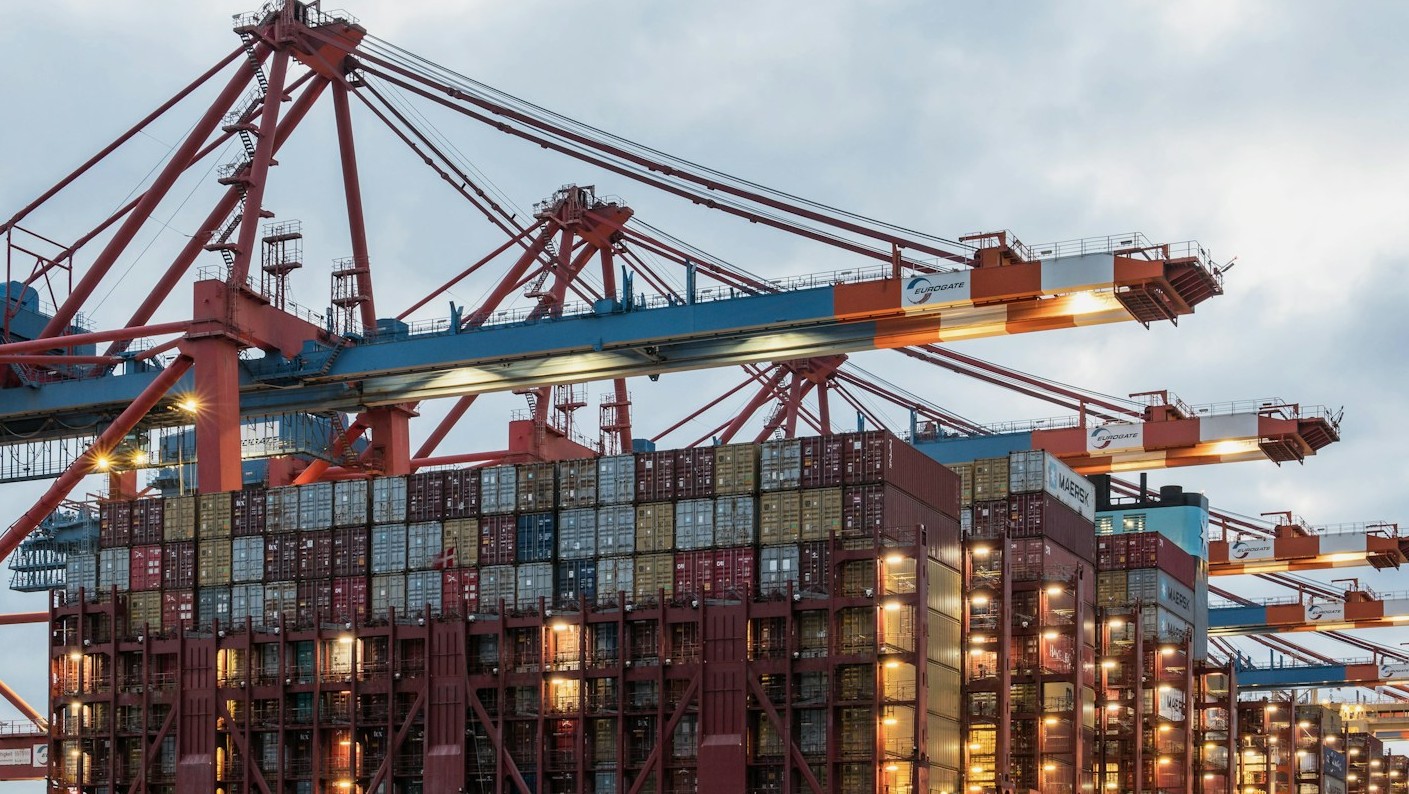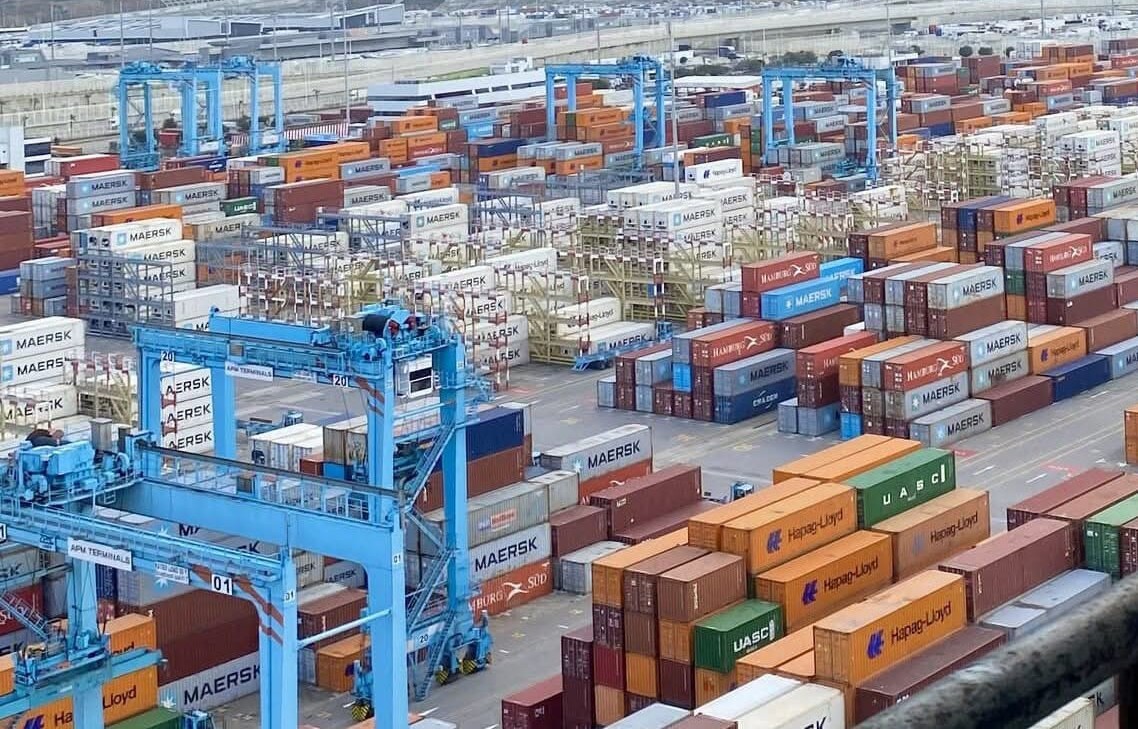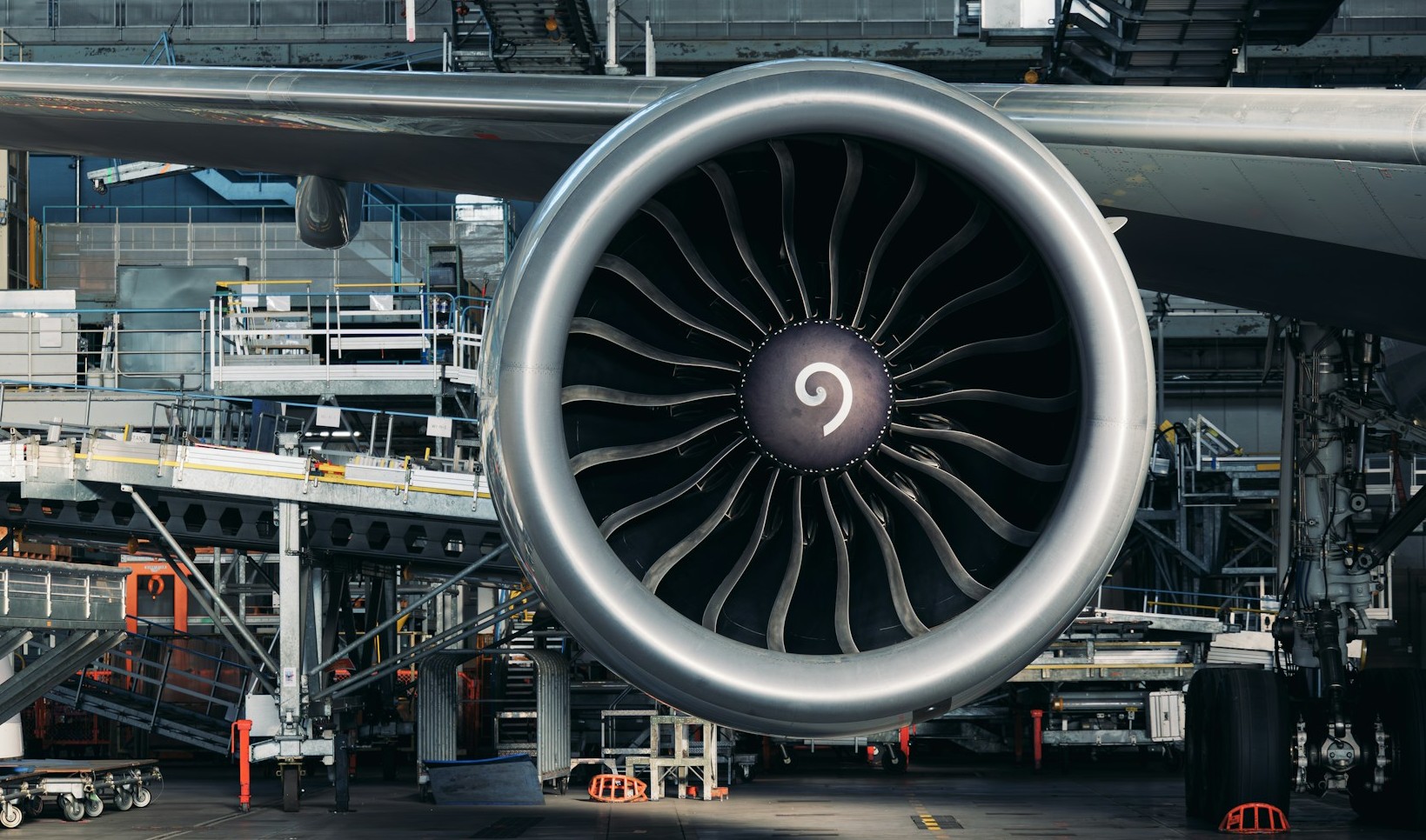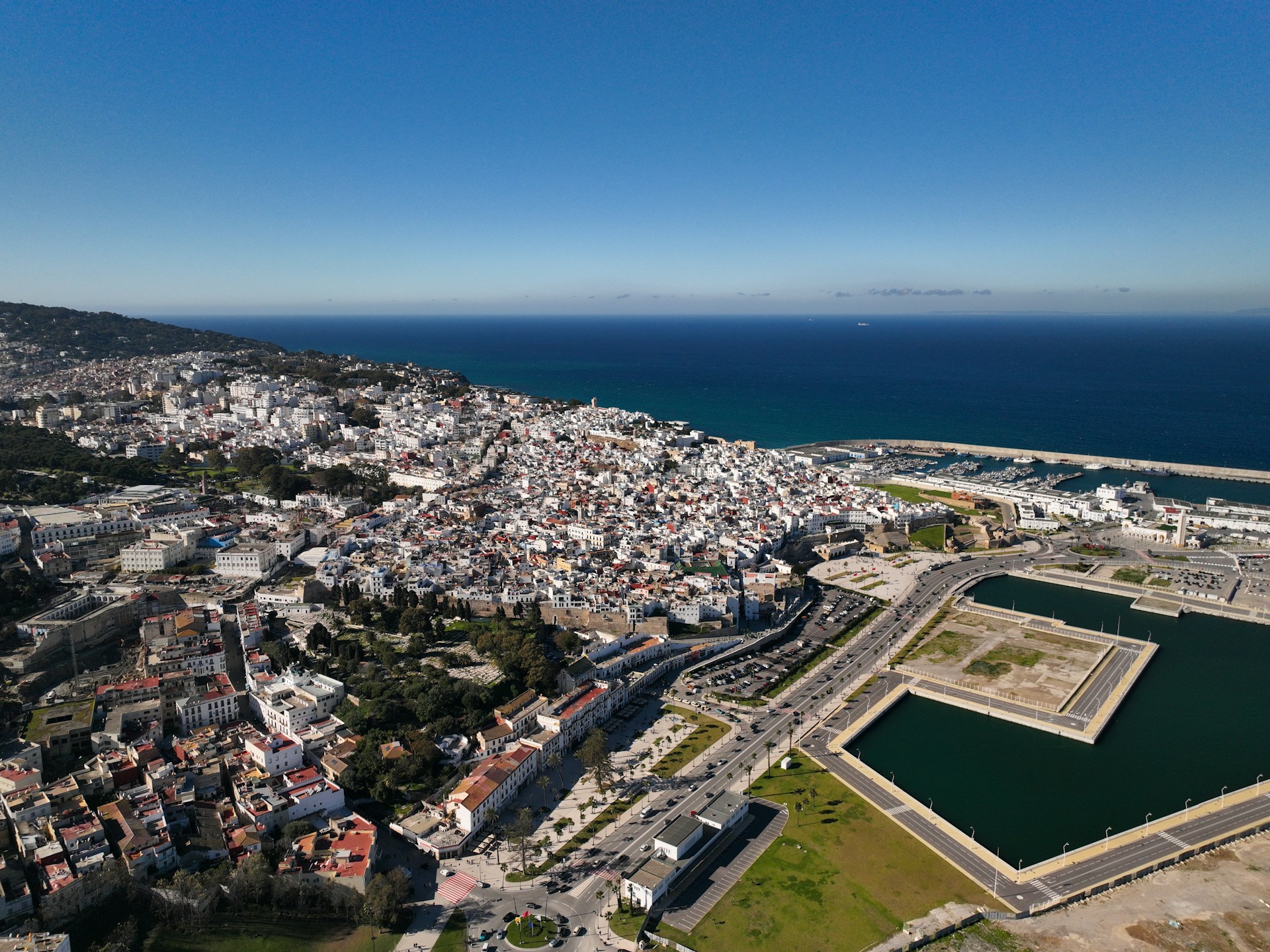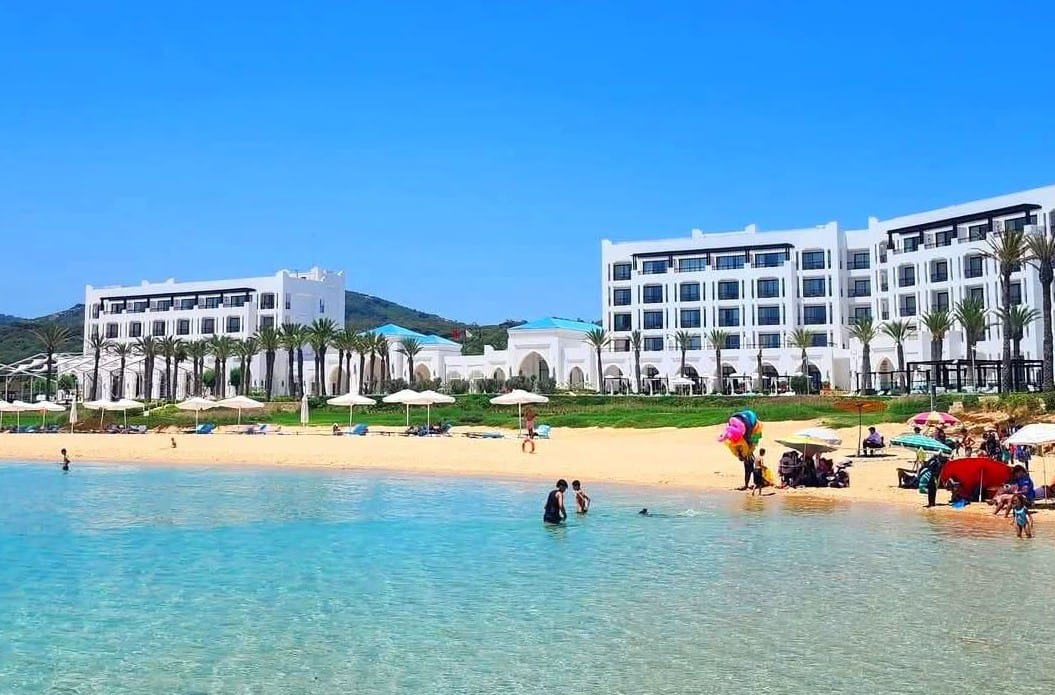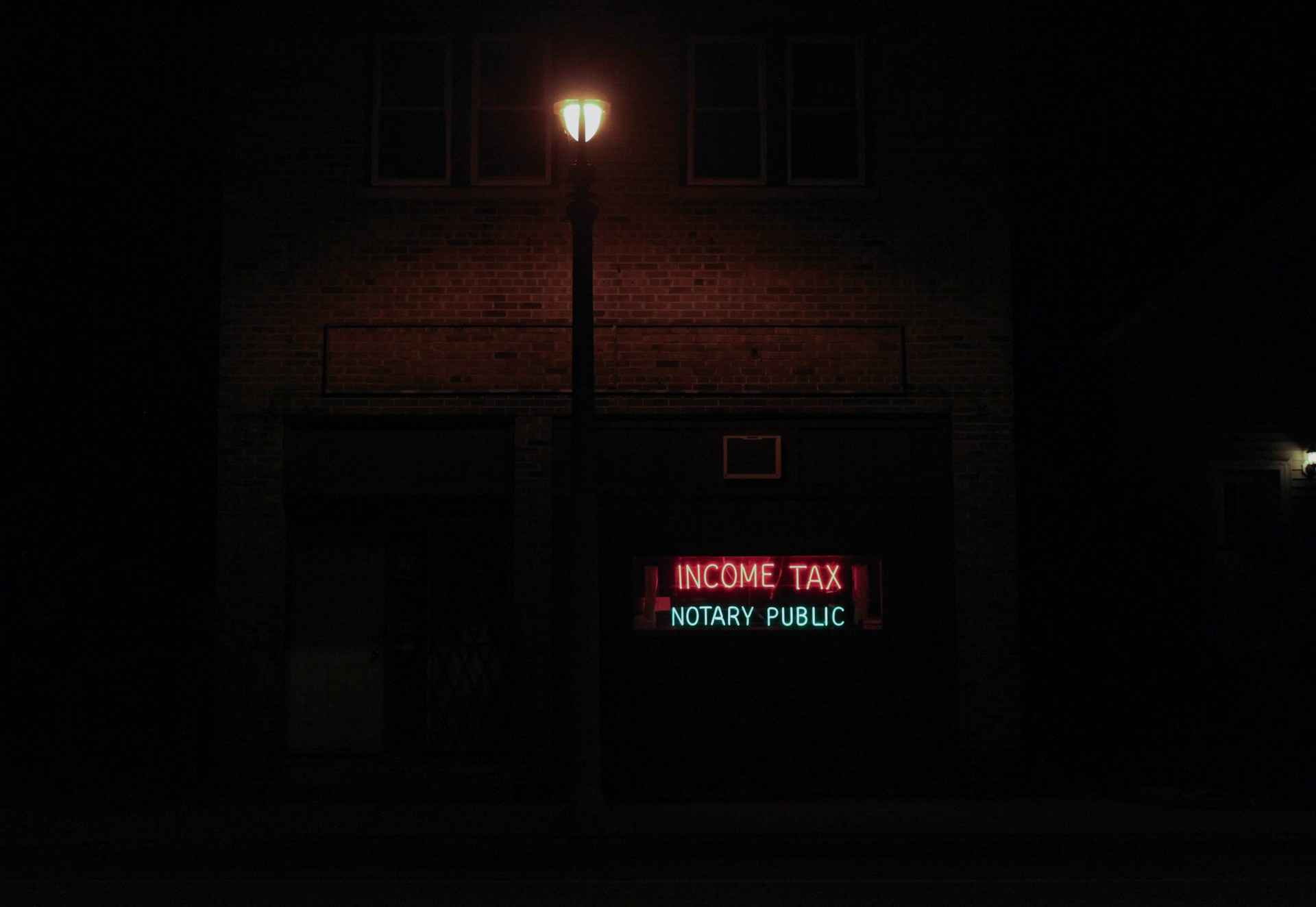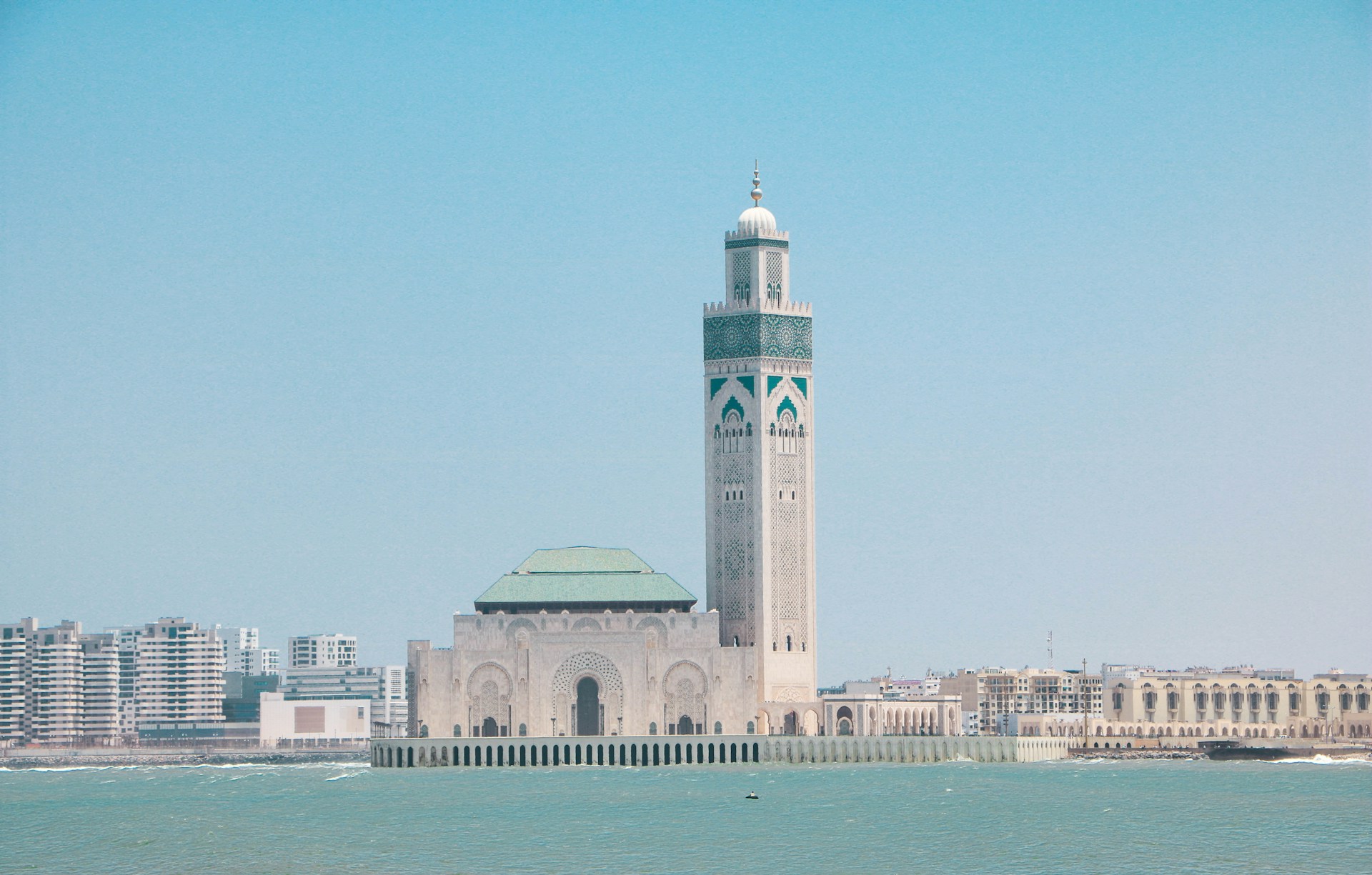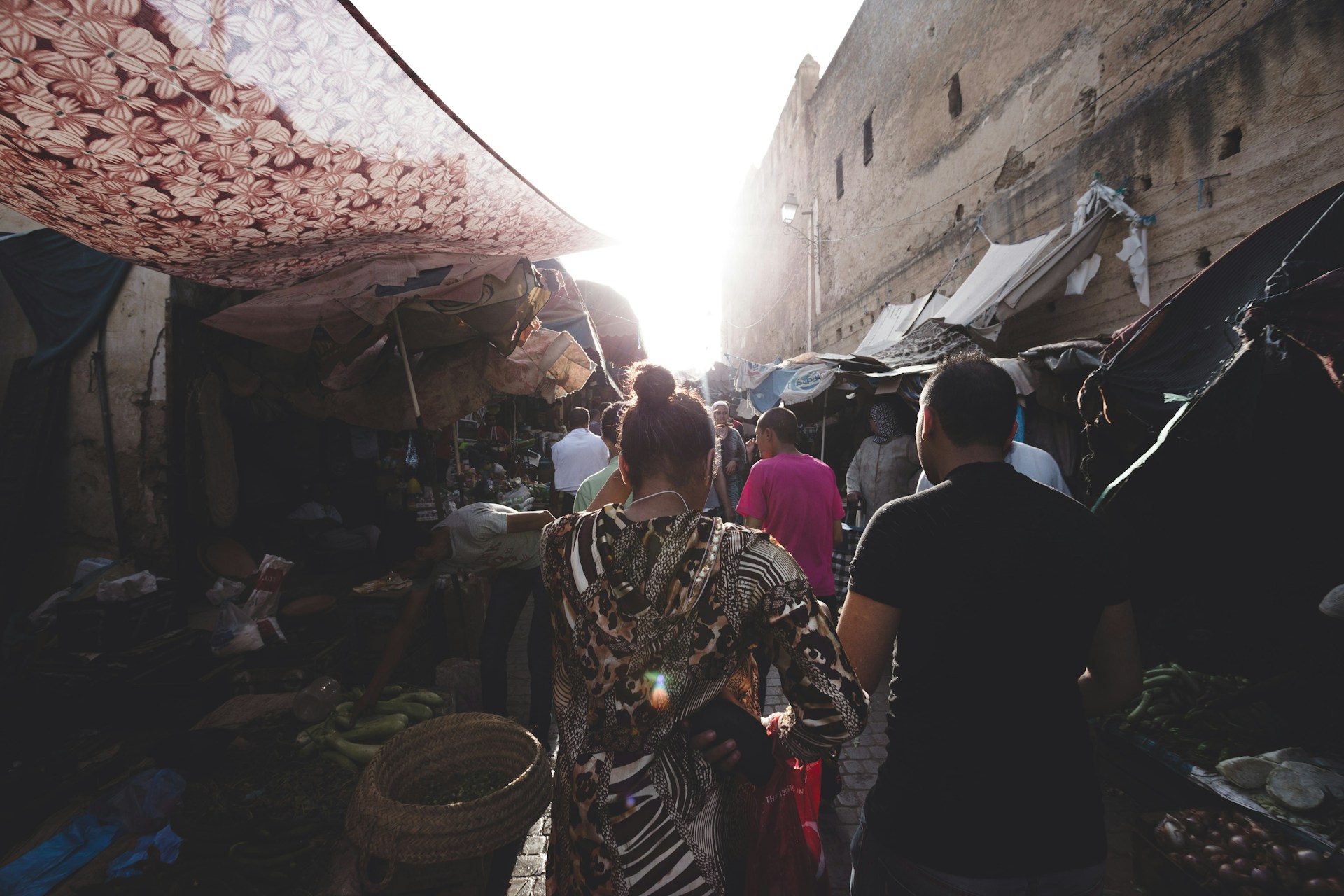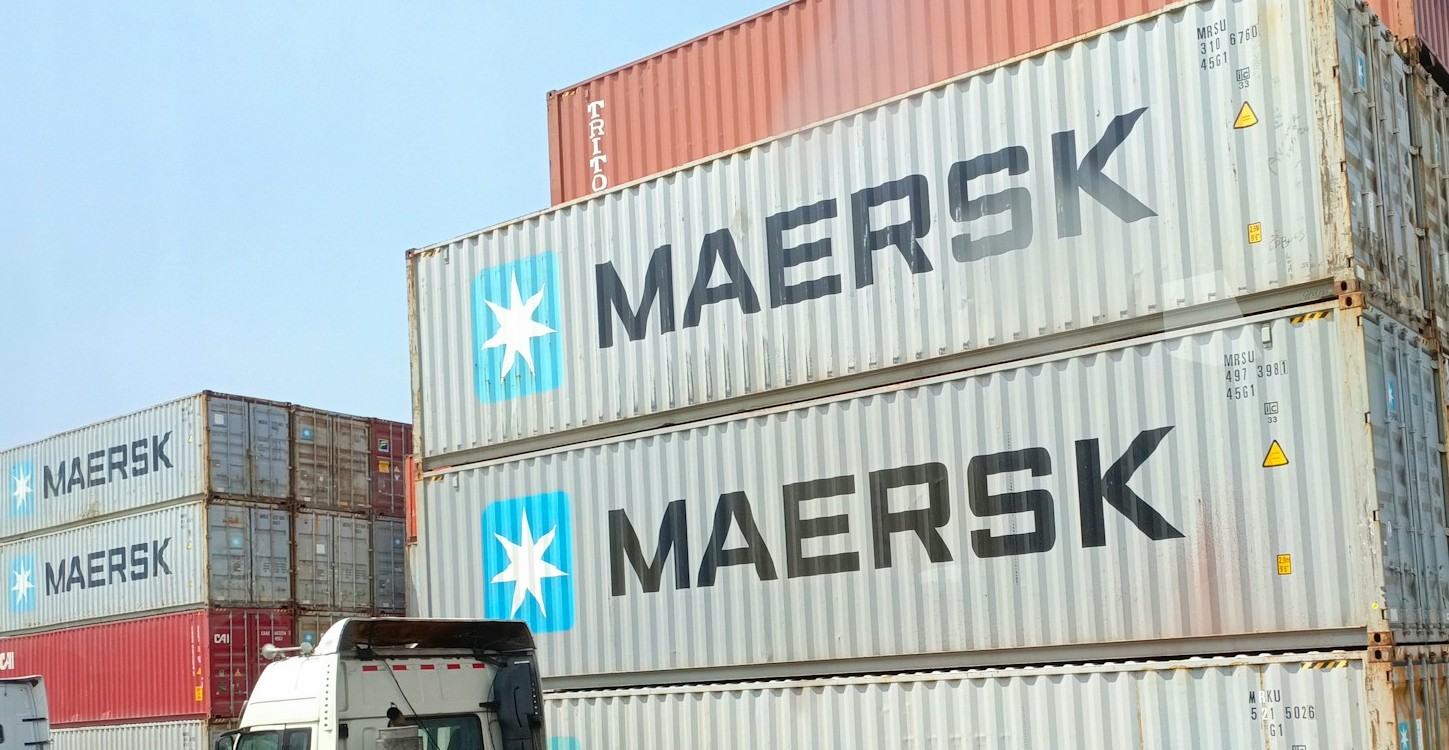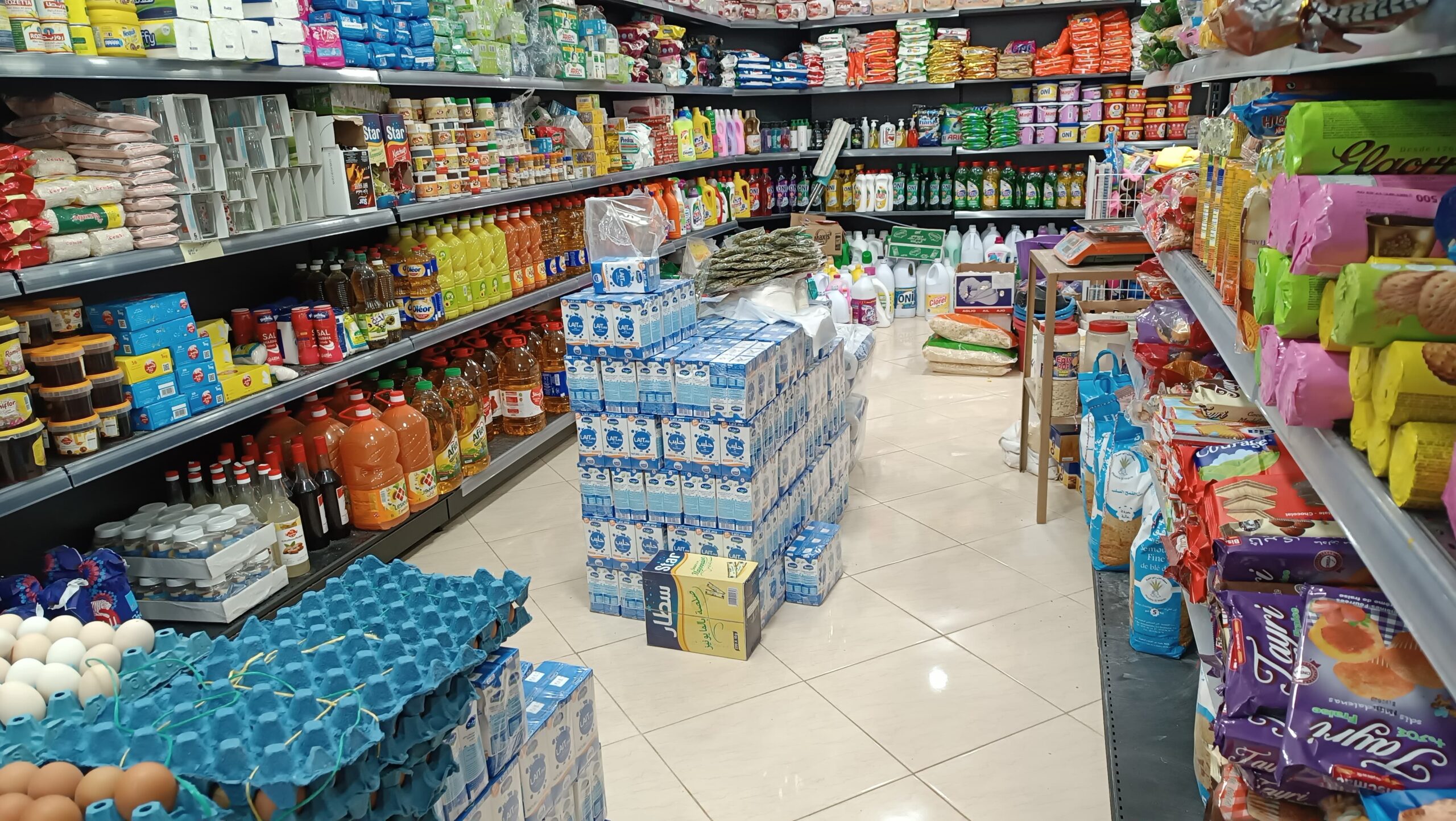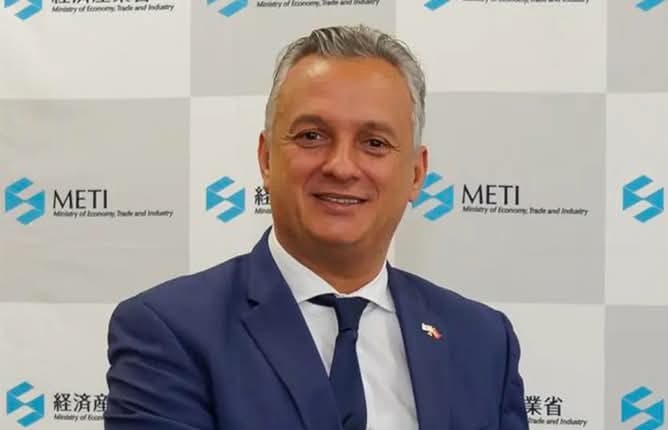Casablanca – Morocco’s tourism sector continued its robust growth trajectory in the first half of 2025, with total travel revenues reaching $5.57 billion by the end of June, according to data released by the Ministry of Tourism, Handicrafts, and Social and Solidarity Economy. This marks a 9.6% increase compared to the same period in 2024, representing an additional $485 million in earnings.
The rise in revenues is largely attributed to a significant boost in tourist arrivals. By June 2025, 8.9 million international visitors had traveled to Morocco—an increase of 19% year-on-year. This surge not only underscores Morocco’s growing global appeal but also reflects the effectiveness of the country’s ongoing efforts to diversify and modernize its tourism offering.
Strategic growth supported by policy roadmap
Much of this performance is linked to the government’s 2023–2026 tourism roadmap, which emphasizes expanding international air connectivity, enhancing destination marketing, and supporting innovation within the sector. According to the Ministry, improved access through expanded flight routes has played a critical role in attracting new travelers and facilitating easier movement to and within the country.
The tourism strategy also focuses on creating high-value experiences to increase average visitor spending and extend the length of stays. This is being supported by investments in tourism-related entertainment, cultural activities, and local experiences aimed at positioning Morocco as a premium destination.
Tourism Minister Fatim-Zahra Ammor stated that this momentum “reinforces our ambition to position Morocco as a high-value destination.” She noted that investments in the broader tourism ecosystem—especially in entertainment and thematic experiences—are key to encouraging tourist expenditure, prolonging visits, and ensuring visitor loyalty.
Innovation and regional development at the forefront
In addition to improvements in connectivity and promotion, Morocco’s tourism growth is being fueled by a range of innovative initiatives designed to broaden the country’s appeal beyond traditional attractions. These include:
- The “Go Siyaha (tourism)” program, which supports the development of new tourism experiences across different regions of Morocco.
- Thematic incubators targeting emerging sectors such as Moroccan gastronomy, leisure gaming, and digital services, helping entrepreneurs launch travel-oriented products that reflect global trends.
- A national tourism project bank featuring more than 900 ready-to-launch projects aimed at transforming local assets into concrete and marketable offerings.
These efforts are intended not only to enrich the tourism experience but also to spread the economic benefits more evenly across the Kingdom. By encouraging innovation and regional diversification, the government hopes to stimulate job creation, attract investment, and reduce pressure on overvisited destinations.
Broader economic impacts
Tourism plays a pivotal role in Morocco’s economy, particularly in terms of foreign currency earnings. The $5.57 billion generated in the first half of 2025 contributes directly to strengthening the country’s foreign exchange reserves, helping to offset the trade deficit, which widened to $17.8 billion during the same period according to Morocco’s Foreign Exchange Office.
In 2024, Morocco welcomed 17.4 million tourists, marking a 20% increase compared to 2023, and generating over $11.34 billion in tourism revenues. These figures established the Kingdom as Africa’s top tourism destination last year—a position it appears poised to maintain or even improve in 2025.
Tourism stakeholders have noted that beyond its economic contribution, the sector also plays an important role in cultural exchange, infrastructure development, and the promotion of local heritage. Initiatives that encourage tourists to explore lesser-known destinations within Morocco are also helping to revive rural economies and sustain artisanal industries.
Outlook for the second half of 2025
The Ministry of Tourism remains optimistic about the remainder of the year, anticipating continued growth driven by the summer and end-of-year travel seasons. Promotional campaigns targeting key source markets, such as Europe, North America, and the Gulf region, are expected to contribute further to visitor numbers.
With a stable policy framework, expanding tourism infrastructure, and a renewed focus on innovation, Morocco’s tourism sector is on track to break new records in 2025. As it does so, it continues to affirm its role as a strategic pillar of national economic development and a dynamic gateway between Africa, Europe, and the Middle East.
